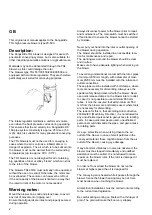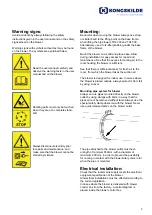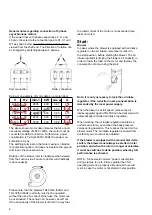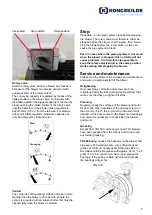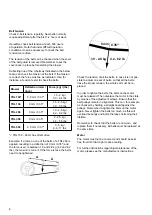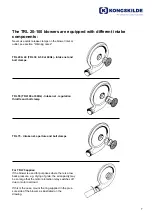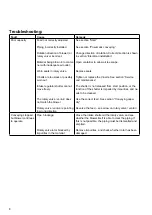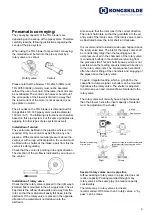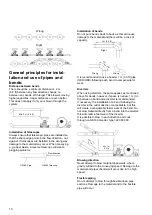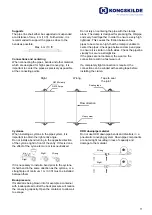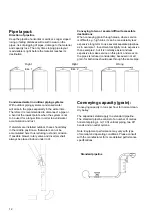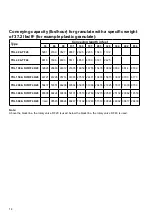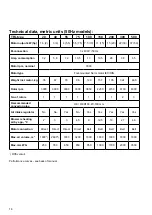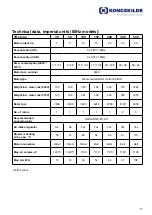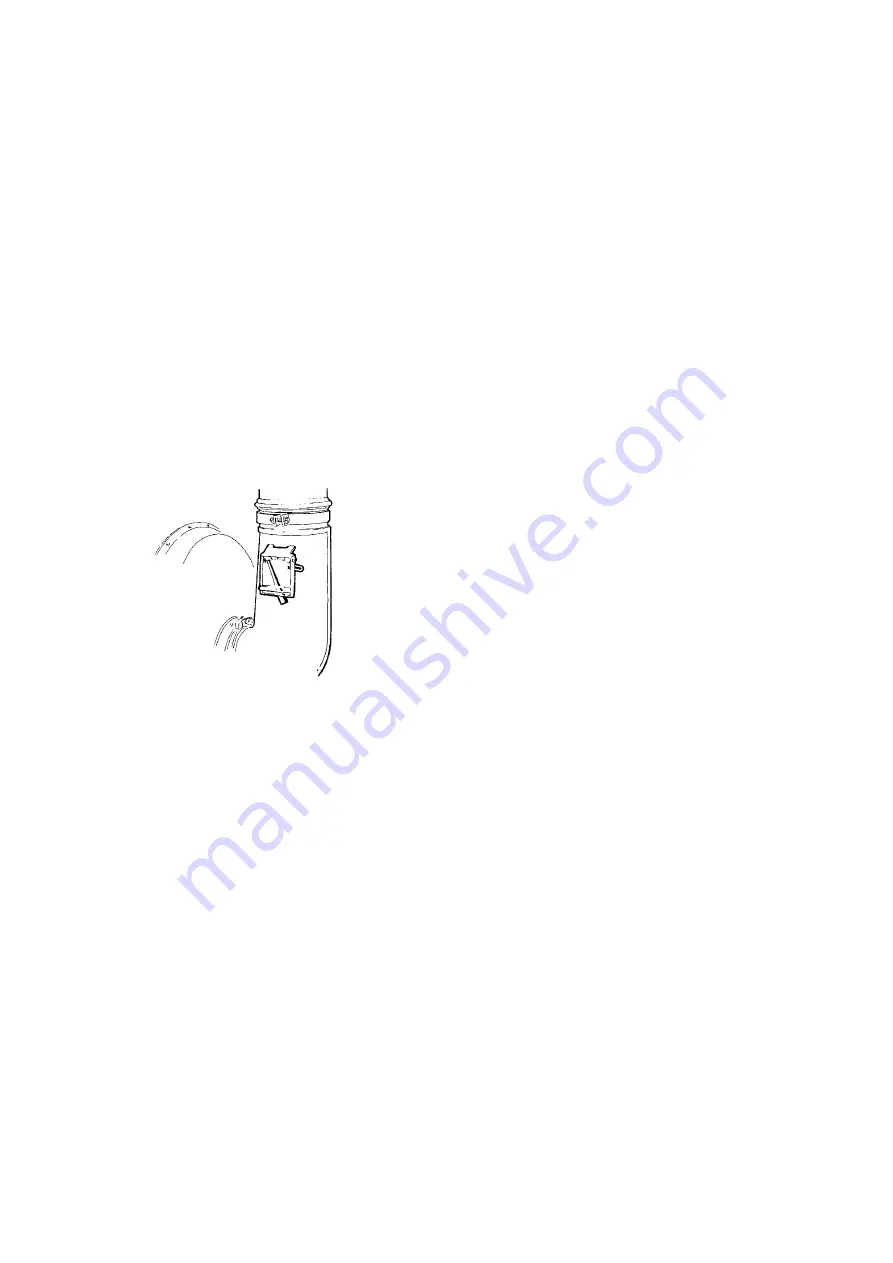
2
GB
This original user manual applies to the Kongskilde
TRL high pressure blowers type 20-500.
Description:
The Kongskilde TRL blower is designed for use with
pneumatic conveying systems, but is also suitable for
other industrial pneumatic solutions or agricultural use.
Materials may not be transported through the TRL
blower, as this could damage the rotor.
The blowers type TRL 55/100/150/200/300/500 are
equipped with air intake regulators. They are therefore
particularly well suited for conveying purposes.
The intake regulator maintains a uniform air volume,
even when the back pressure varies during operating.
This ensures that the air velocity in a Kongskilde OK
160 pipe system constantly is approx. 25 m/sec. (56
mph), which is suitable for many pneumatic conveying
purposes.
The TRL blowers must not be used for conveying in
cases where the air is corrosive, inflammable or in
danger of explosion. The air, which is to be sucked into
the blower, must not be warmer than the surrounding
temperatures (up to approx. 35°C / 95°F).
The TRL blowers are not designed for air containing
big quantities of dust or sticky “steam” which can stick
to the rotor of the blower.
The blowers TRL 20/40 must normally not be operated
without the use of a venturi. Otherwise, the motor can
be overloaded. The venture can however be left out
if the air capacity of the blower is limited in a way that
the rated current of the motor is not exceeded.
Warning notes:
Mount the blower on a solid and plane base, to avoid
any risk of movement or tipping over.
Ensure that all guards are intact and properly secured
during operation.
Always disconnect power to the blower prior to repair
and maintenance. The main switch must be switched
off and locked to ensure the blower cannot be started
by mistake.
Never put your hand into the inlet or outlet opening of
the blower during operation.
The blower should be installed in an accessible loca-
tion for maintenance and repair.
The working area around the blower should be clear
and trip free.
Make sure to have adequate lighting when working on
the blower.
To avoid any unintentional contact with the rotor, pipes
of minimum 850 mm length, with a diameter of maxi-
mum Ø200 mm must be installed onto the intake and
outlet connections.
These pipes must be installed with bolt clamps, where
tools are necessary for dismantling. Always use the
special safety clamp delivered with the blower. Never
use quick release clamps on the blower inlet or outlet.
In case it is not possible to use minimum 850 mm
tubes, it must be ensured that within minimum 850
mm from the blower are bolt clamps used, where tools
are necessary for dismantling.
The reason for this is, that according to EU-directive
2006/42/EC (Machinery Directive), it is not allowed for
any unauthorized personnel to gain access to rotating
parts. In case quick clamps are used, unauthorized
personnel could dismantle the pipes, and gain access
to rotating parts.
Use eye protection when working close to the air
outlet of the blower. In case of small particles in the
conveyed material, these might be blown from the air
outlet of the blower, causing eye damage.
If any abnormal vibrations or noise are observed, the
blower must be stopped immediately, and qualified
assistance must be called. It is not allowed to make
repairs on the blower rotor. If the rotor is damaged, it
must be replaced.
In order not to overload the blower do not run the
blower at higher speed than it is designed for.
The conveying air is heated while it passes through the
blower, hence the blower housing may be hot. Care
must be taken when touching the blower.
All electrical installations must be carried out according
to the current local legislation.
Be careful during working on floors with a thin layer of
grain. The grain will make the floor very slippery.


